Letter recognition Normal Alphabet Coloring Pages Worksheets for Ages 8-9
6 filtered results
-
From - To
Enhance letter recognition skills with our engaging Normal Alphabet Coloring Pages worksheets, specially designed for children aged 8-9. These printable resources provide a fun and interactive way for kids to learn the alphabet while expressing their creativity. Each worksheet features vibrant illustrations paired with corresponding letters, perfect for reinforcing literacy skills. As children color, they'll develop a stronger understanding of letter shapes and sounds, setting a solid foundation for reading and writing. Ideal for both home and class use, these coloring pages make learning enjoyable while helping to build confidence in young learners. Start their alphabet adventure today!
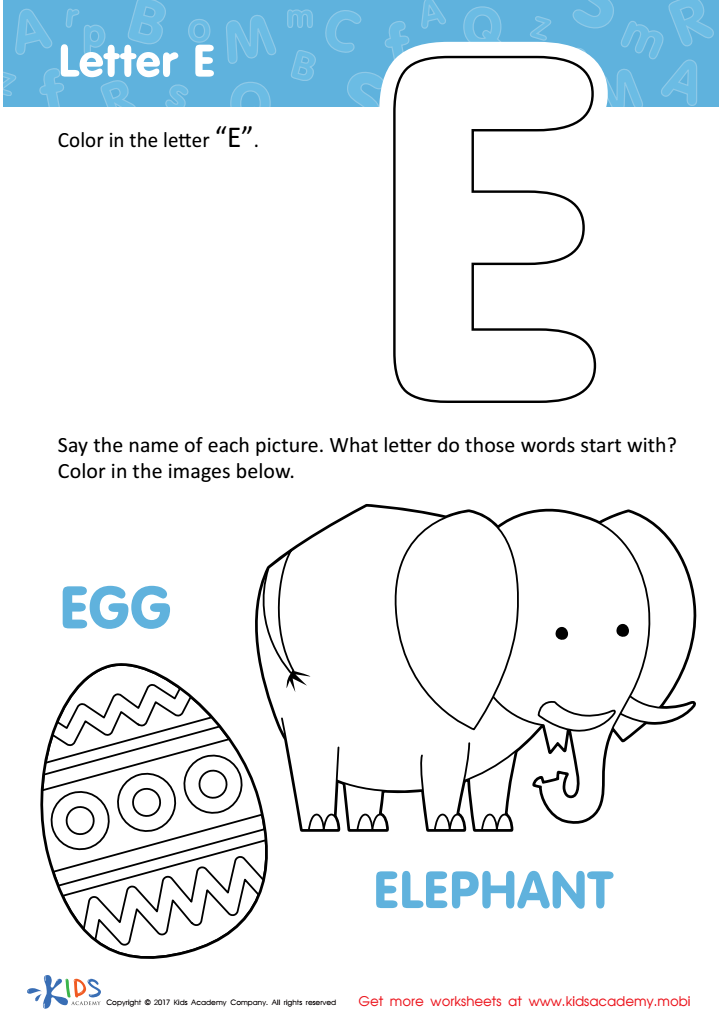

Letter E Coloring Sheet
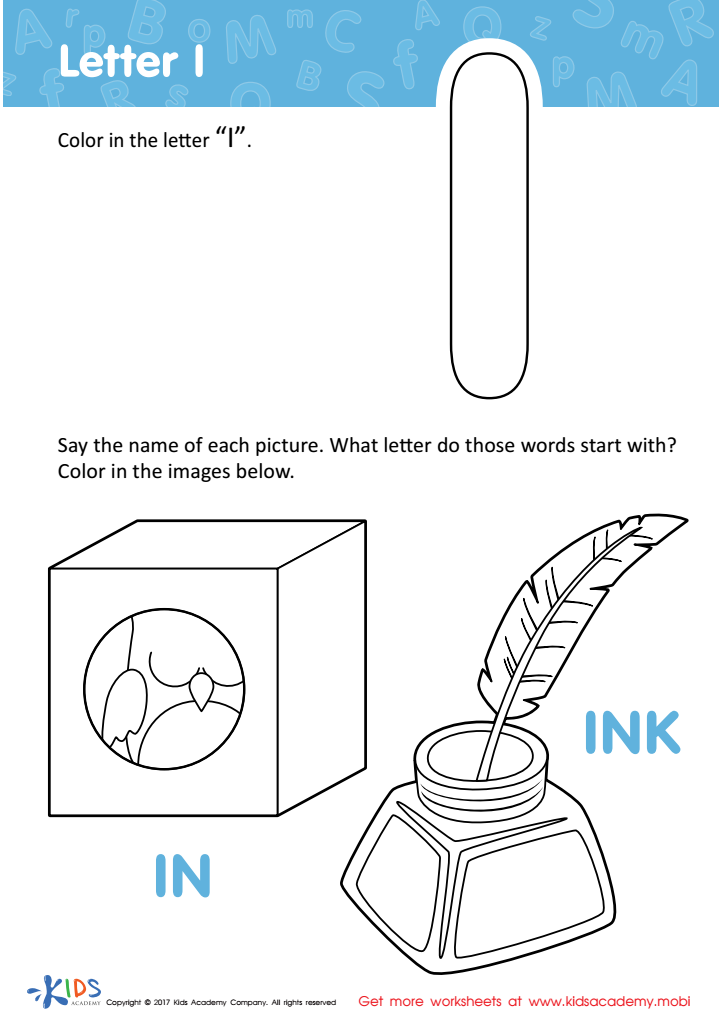

Letter I Coloring Sheet
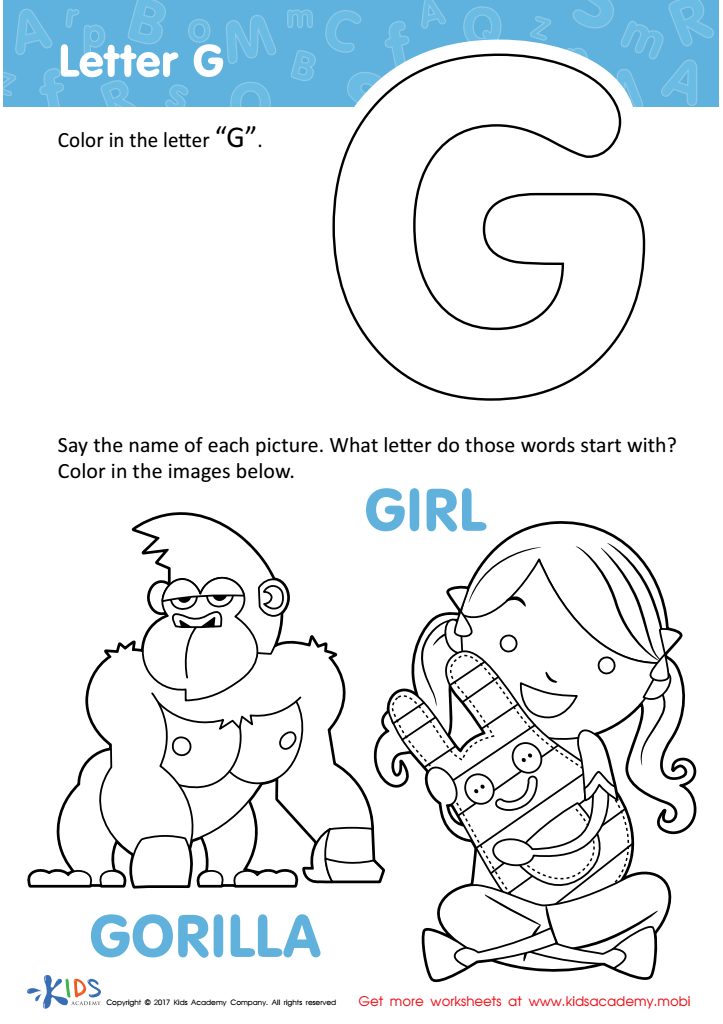

Letter G Coloring Sheet
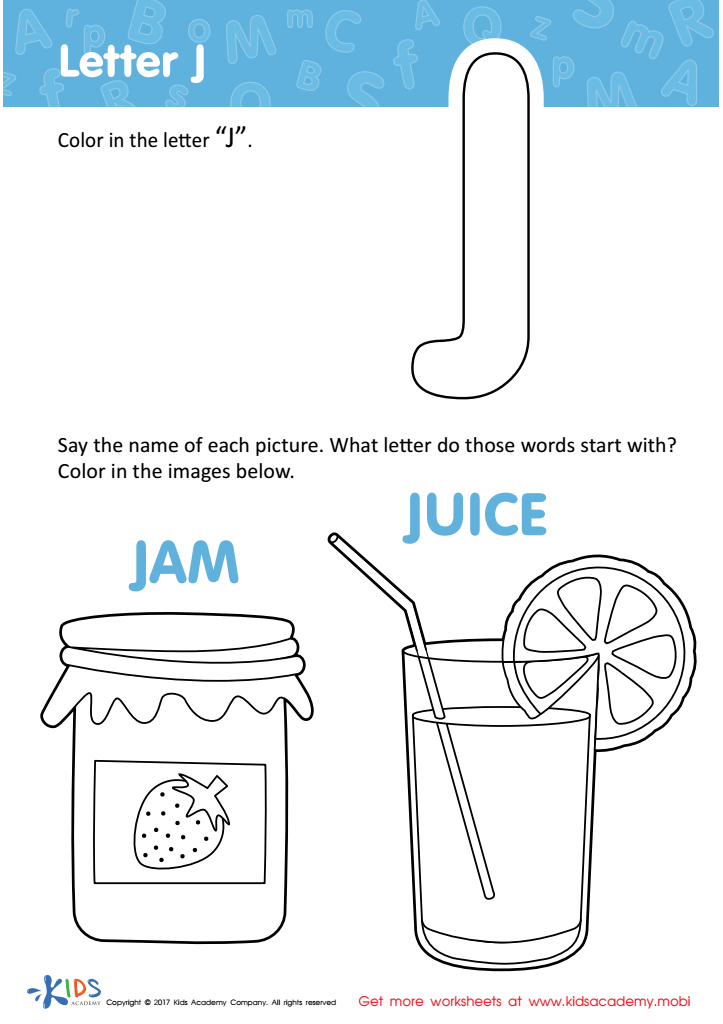

Letter J Coloring Sheet
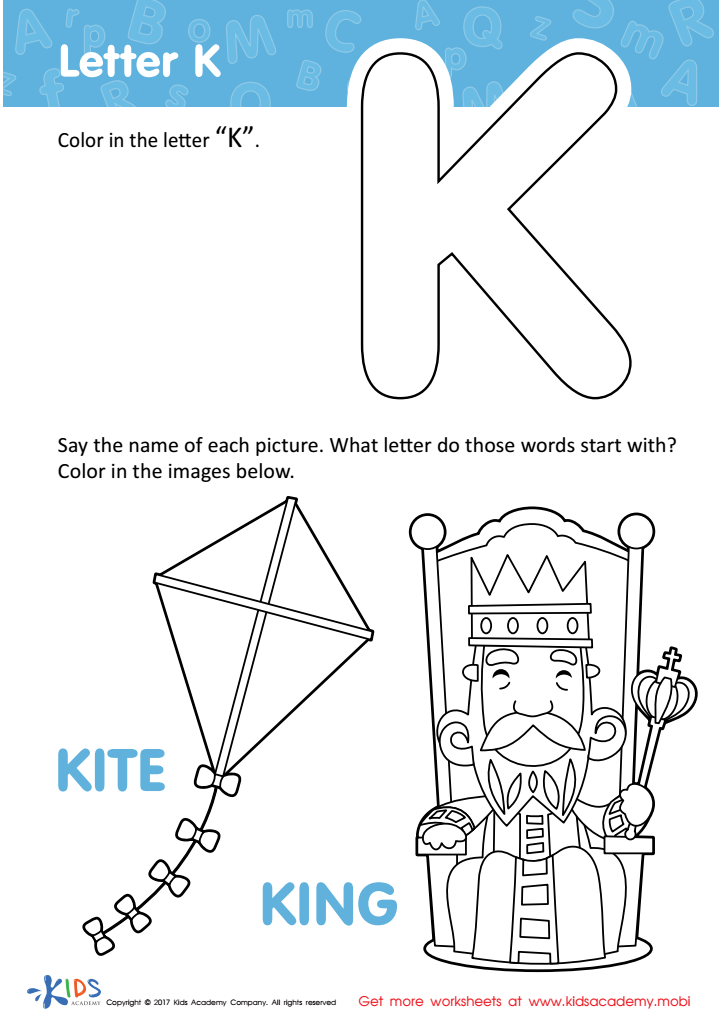

Letter K Coloring Sheet
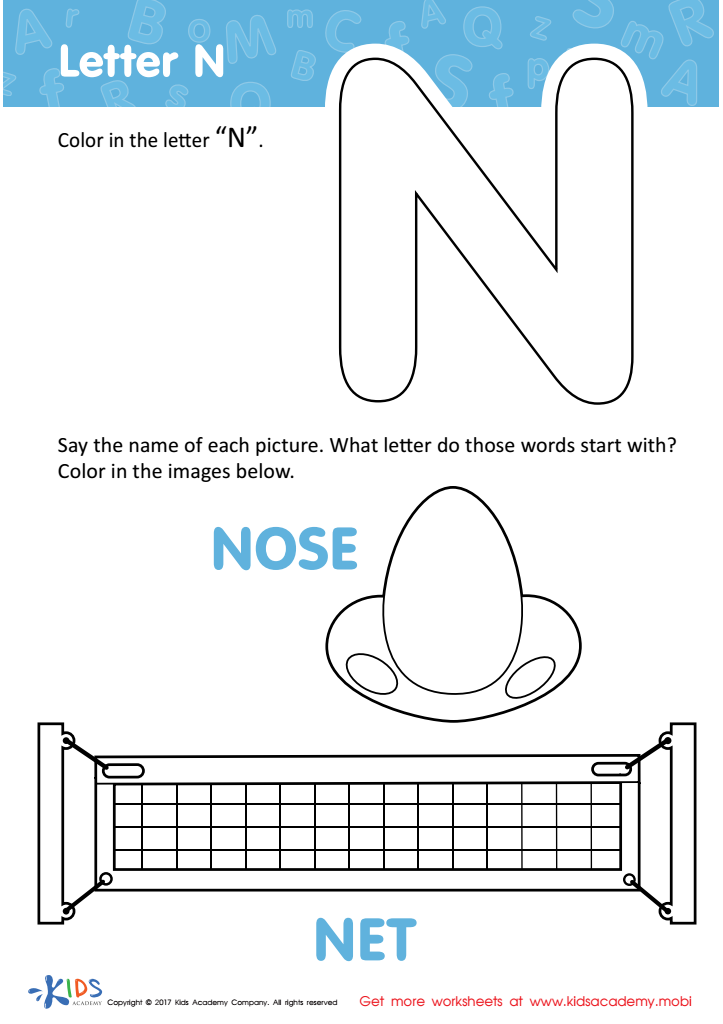

Letter N Coloring Sheet
Letter recognition is a foundational skill vital for reading and writing development, making Letter Recognition Normal Alphabet Coloring Pages particularly important for children aged 8-9. At this age, students are typically refining their literacy skills and learning the nuances of language. Engaging in coloring activities that incorporate letter recognition can help solidify their understanding of the alphabet while providing a fun and interactive way to learn.
These coloring pages encourage creativity and engagement, making the learning process enjoyable. As children color each letter, they can simultaneously work on memorization and phonetic sounds, reinforcing the connection between the visual shape of the letters and their associated sounds. This multi-sensory approach caters to various learning styles, ensuring that children remain interested and motivated.
Furthermore, parents and teachers should recognize that practicing letter recognition aids in enhancing fine motor skills, as children manipulate crayons and colored pencils. This skill carries over into writing, where control and precision are necessary. Lastly, incorporating educational coloring pages into learning can create opportunities for family bonding and encouragement, fostering a supportive environment that empowers children to thrive academically. Ultimately, these pages serve as a valuable tool in developing essential literacy skills during critical learning years.
 Assign to My Students
Assign to My Students












